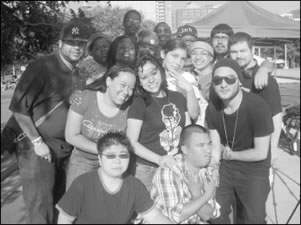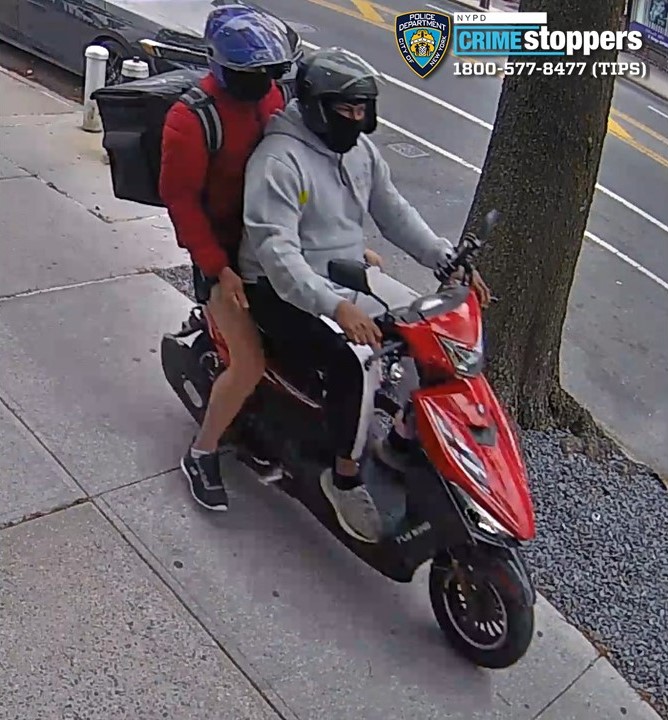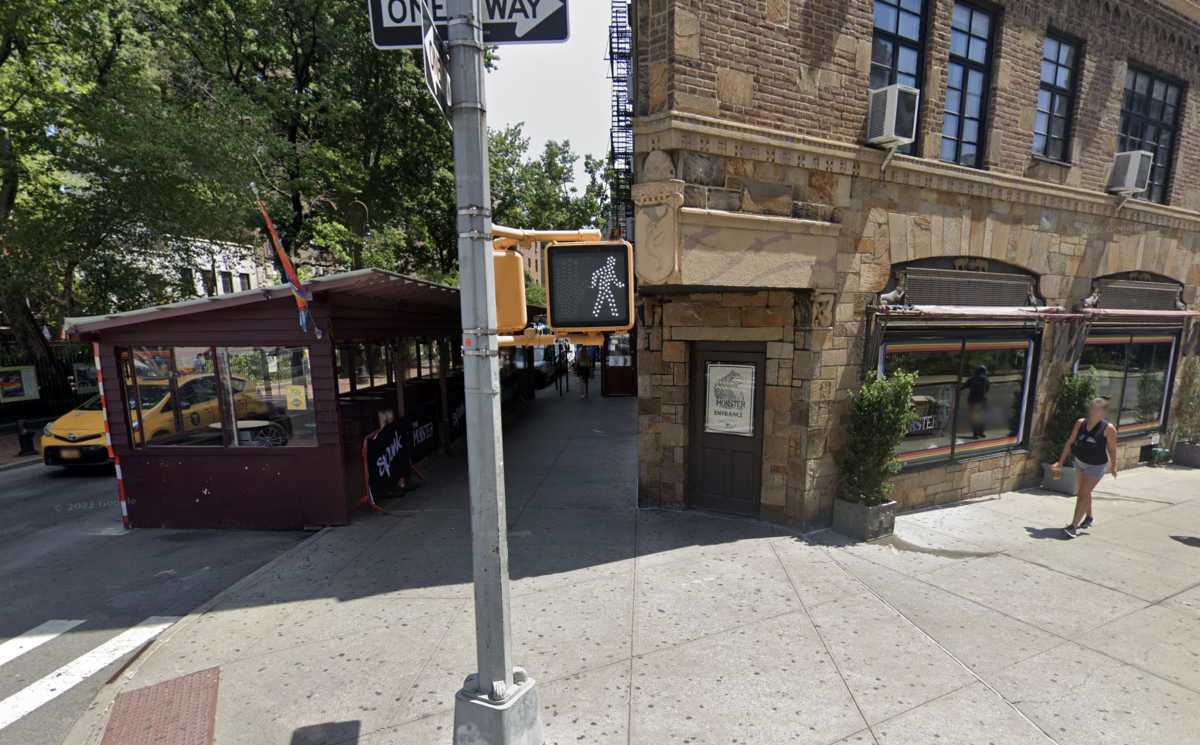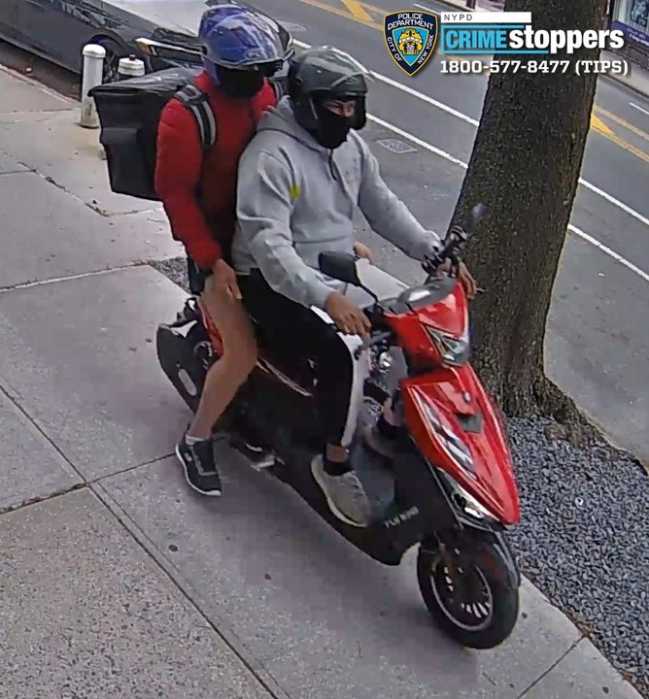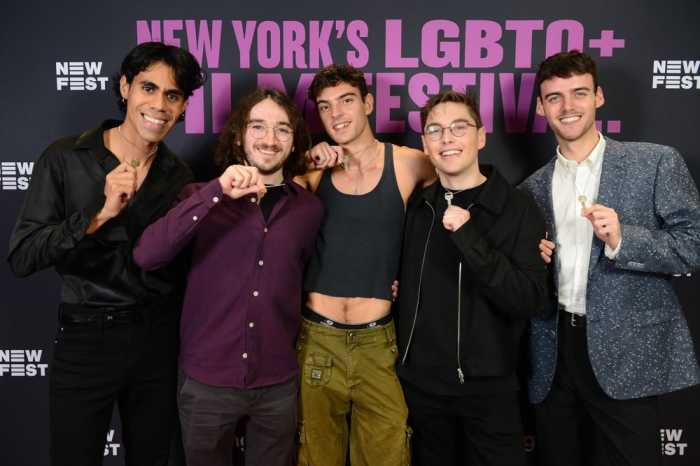By Aidan Gardiner
Representatives of Fabulous Independent Educated Radicals for Community Empowerment (FIERCE) said that recent int
eractions between the New York Police Department and L.G.B.T.Q. youth highlight the need for a 24-hour, drop-in center. But the economy’s troubled state has forced the organization to revise its plans and seek a location in the West Village instead of on the waterfront, which has many Villagers worried.
FIERCE, an L.G.B.T.Q. youth advocacy organization, began its Our Safe Place to Organize Together (SPOT) campaign in 2007 and initially looked to establish its youth center in the to-be-redeveloped Pier 40, at West Houston St., just a stone’s throw from the Christopher St. Pier, which has long been a focal point of gay youth culture. The 2008 economic slump that badly rattled the nation’s real estate market waylaid any redevelopment plans for Pier 40 and forced FIERCE to look elsewhere.
FIERCE volunteers are now scouring the West Village for suitable locations in the first of their campaign’s multistage process. They are currently walking around the neighborhood trying to find abandoned buildings or vacant lots that would be suitable for the 24-hour center.
The center would provide career development programs, cultural events and health services, among other things.
Representatives of the organization said that the initial search stage is slated to be completed by August, at which point they will begin conducting secondary research and determining which locations are more suitable than others.
At the completion of their research stages, FIERCE will present a report of their findings to West Village community stakeholders, like Community Board 2 and City Council Speaker Christine Quinn.
At the campaign’s early stages, community views of the project remain mixed. While many support the plan on principle, they also believe the repercussions of the proposed center would be harmful to the West Village community.
Brad Hoylman, incoming chairperson of Community Board 2, said that many in the West Village community are receptive to the proposed center. He declined to comment further because the plan is still in its early stages and he hasn’t seen enough information about it to assess it fairly.
The Our SPOT campaign will likely face opposition from some West Village residents who have often seen L.G.B.T.Q. youth in their neighborhood as an unwanted disruption. David Poster, president of the volunteer Christopher St. Patrol, said that a 24-hour center would attract to the area more youth whom he believes would carouse, be loud and otherwise disrespect the neighborhood.
“The residents and merchants of this community would be extremely against it if it’s anywhere near the Christopher St. corridor,” Poster said.
Marilyn Dorato, president of the Greenwich Village Block Associations, an influential consortium of Village block associations, echoed Poster’s assessment.
“Truthfully, the kids on Christopher St., I feel bad for them, but they’ve become a big problem,” she said. “I don’t think it’s a good idea. We’ve been there and done that and it didn’t work out well.”
In 1995, community members successfully lobbied elected officials to close The Neutral Zone, a similarly styled L.G.B.T.Q. youth center, when residents tired of youths’ unruly behavior.
“We all felt that it would be wonderful because you’re giving kids a chance to grow, to have some structure inside, do something worthwhile with their lives, and it would take them off the street,” Poster said. “It was not a problem inside [the center], but once they left they were on our streets throwing bottles at residents, they were in our stores, they were on the pier causing a lot of trouble. Johns were pulling up and they were jumping in and prostituting.
“It was a horror,” Poster added.
Several years ago, residents pressed city officials to increase police presence in the area and impose an earlier curfew for the pier — which, however, still has a 1 a.m. curfew — in an effort to curb disruptive behavior. According to John Blasco, a chief organizer for FIERCE, this move has left many L.G.B.T.Q. youth without a space in which they can safely embrace their identities.
“The lives of L.G.B.T.Q. youth — or anyone — doesn’t stop at a certain time,” Blasco said. “People need access to safe spaces all the time, every hour, every minute.”
Blasco said that despite some initial reticence from the community, FIERCE organizers hope to maintain an open dialogue with local leaders in an effort to win them over and make them part of the process.
“There may not be people who always agree, but we know we have a ton of supporters who are West Village residents,” Blasco added. “I think that the lack of community dialogue with all stakeholders has made it difficult to come together, hear each others’ concerns and find solutions that benefit the entire community.”
The location of the center has yet to be determined, but Blasco said that it was essential for it to be in the West Village because of the neighborhood’s long legacy as a haven for the L.G.B.T.Q. community.
Along with being a place of self-expression, the center is also intended to compensate for a deficit of services for this demographic, which has often been deprived of adequate care both in their homes and from the government.
“There’s a lack of services and programs for L.G.B.T.Q. youth,” Blasco said. “We want to see more services. We don’t want to see cuts.”
However, Dorato said, “The communities where they live should be serving them. I think the whole situation is bad, for everybody, including the kids.”
“We all want safety for the community,” Blasco added. “We want safety on Christopher St. We want safety in the West Village. We want safety in New York.”



